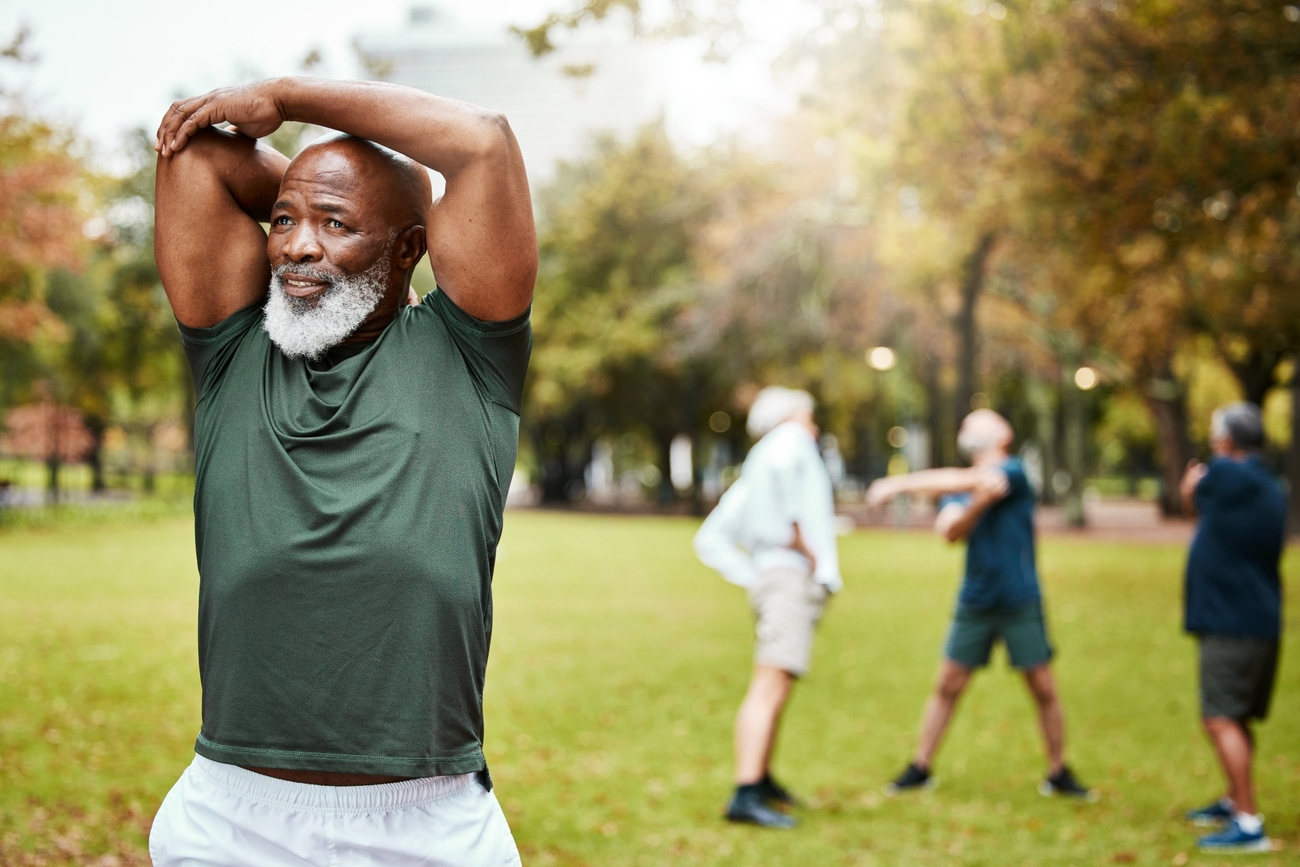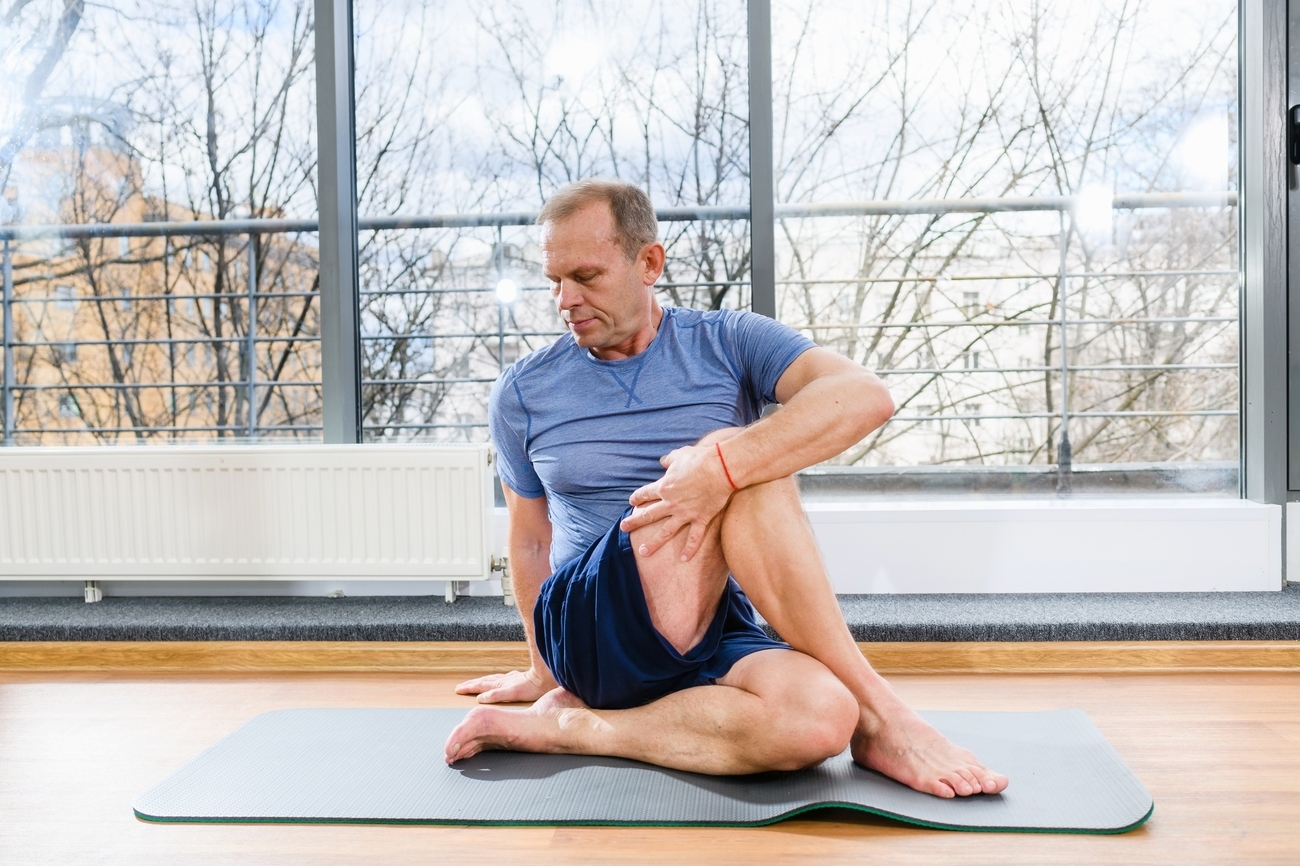The Causes, Symptoms and Treatment of Upper Back Pain

Today, many people spend long hours sitting at work, during commutes, or even at home. Prolonged sitting can lead to discomfort and significant pain, particularly in the legs. This condition, often called "sitting disease," can result from poor posture, lack of movement, and sustained pressure on specific body parts.1
You're not alone if you're wondering how to relieve leg pain from sitting too long. Biofreeze provides temporary relief from minor aches and pains in muscles and joints, such as simple backaches, arthritis, strains, bruises, and sprains, helping you feel your best again. Its effectiveness comes from its cooling sensation that numbs the affected area. Biofreeze provides relief by reducing the sensation of pain, making it easier to manage discomfort caused by inflammation.
Understanding the causes of leg pain from sitting too long and implementing effective treatment strategies can alleviate discomfort and improve your quality of life. Remember, managing your body and pain effectively is essential for maintaining overall health and well-being.
This article has been medically reviewed for accuracy
Can sitting too long cause leg pain? Sitting for extended periods can cause various health issues, including leg pain. The discomfort may stem from several factors, such as poor circulation, muscle stiffness, and nerve compression. One common condition associated with prolonged sitting is deep vein thrombosis (DVT)2 , where blood clots form in the deep veins, usually in the legs.
Maintaining good posture and taking regular breaks to move around can help mitigate these effects.3 However, if you're already experiencing pain, it's important to address it promptly to prevent further complications and understand how to relieve leg pain from sitting too long.
The cooling effect provided by Biofreeze products can help numb the pain, offering temporary relief from discomfort. By reducing the pain sensation, Biofreeze allows you to maintain mobility and encourages more frequent movement, which is crucial for preventing the adverse effects of prolonged sitting. If you’re also experiencing back pain, exploring lower back pain relief strategies might be beneficial, as back pain can often accompany leg discomfort.
Experiencing leg pains from sitting but not when walking can be confusing and concerning. This type of pain is often related to nerve compression or circulatory issues. For instance, sitting can compress the sciatic nerve, leading to symptoms such as tingling, numbness, or sharp pain that radiates down the leg. This condition, known as sciatica , is common among people who sit for prolonged periods.
Another potential cause is poor circulation. When you sit for too long, blood flow to the legs can be restricted, causing pain or discomfort. This is particularly common for people with underlying health conditions such as diabetes or varicose veins.
To alleviate this type of pain, consider the following strategies:
For those looking to address pain that may extend beyond the legs, it’s important to understand the causes of lower back pain, as back pain can often contribute to or exacerbate leg discomfort.
Persisting leg pains while sitting or lying down can be a sign of more serious conditions, such as peripheral artery disease (PAD)5,6 or nerve entrapment syndromes. PAD occurs when the arteries that supply blood to your limbs narrow, often due to atherosclerosis. This reduced blood flow can cause pain, especially when your legs are elevated or inactive, such as when sitting or lying down. It's important to consult a doctor if you experience any of these more severe symptoms or if the pain persists for more than 10 days.
Nerve entrapment, like that caused by a herniated disc or spinal stenosis, can also lead to pain. These conditions compress nerves, which can cause sharp, burning, or aching pain in the legs.
For relief, consider these options:
Upper leg pain when standing up from sitting can be particularly bothersome. This pain is often caused by tightness in the hip flexors, quadriceps, or hamstrings, muscles that can become shortened and tight from prolonged sitting. The sudden change from seated to standing can strain these muscles, leading to pain and discomfort.
In some cases, this pain may also be linked to lower back or pelvis issues, such as sacroiliac joint dysfunction or lumbar spine problems. These conditions can cause referred pain to the upper legs, especially when transitioning from sitting to standing. Incorporating simple exercises like stretching and strengthening routines can help prevent such pain and guide you to understand how to relieve leg pain from sitting too long. These exercises can improve flexibility and strengthen the muscles around the hips and thighs, making transitions from sitting to standing less painful and more comfortable.
To manage this pain:
This article has been medically reviewed for accuracy


Easy Application
Easily Covers Small & Large Areas
Targeted Relief
Overnight Relief with Lavender scent
Long Lasting
Easily Covers Small & Large Areas

